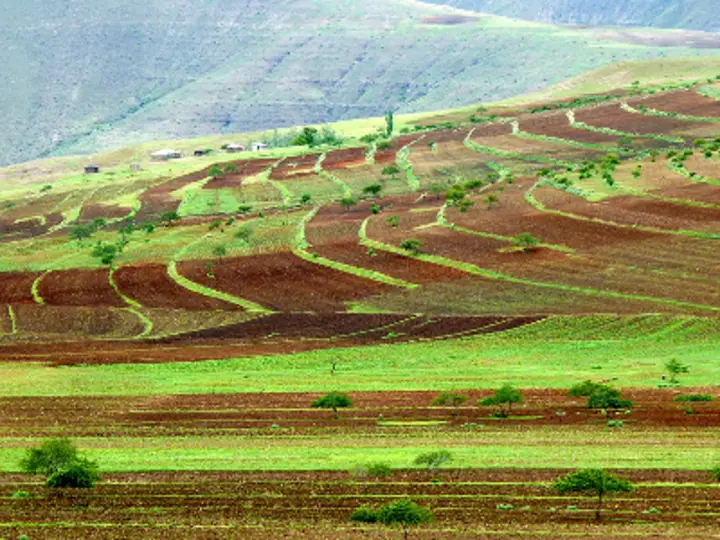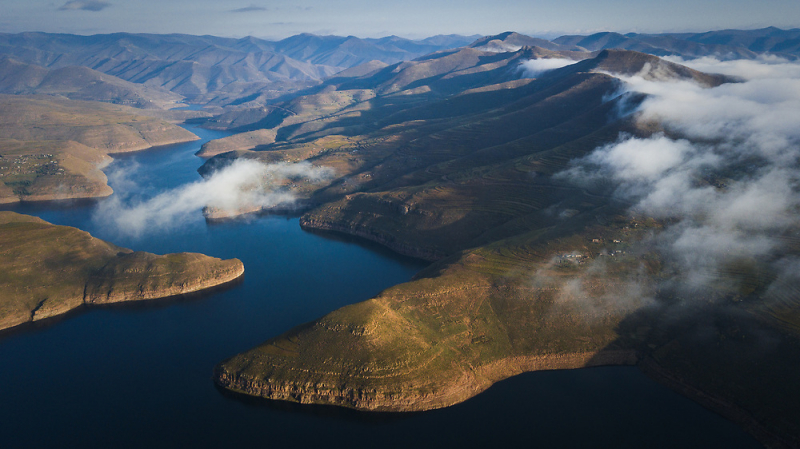Lesotho's Climate Action
Vulnerability, Impacts & Adaptation
Lesotho faces distinct challenges related to vulnerability, climate change impacts, and adaptation. Its mountainous topography and landlocked position render it prone to climate-related hazards, including landslides, flash floods, and soil erosion. Furthermore, the country regularly grapples with the considerable challenge of drought. Ongoing research underscores that Lesotho’s susceptibility to drought is aggravated by climate change, resulting in more erratic rainfall patterns and a heightened occurrence of extreme weather events with increased severity.
Research has been conducted to develop a deeper understanding of how climate change will impact the country’s productive sectors, natural resources and the economy at large. Lesotho periodically conducts and compiles the status of climate change in the country through National Communication reports, the latest being the Third National Communication. The report outlines in detail Lesotho’s vulnerability and impacts and possible adaptation options. It also assesses greenhouse gas inventories in four sectors and mitigation measures. “Click each sector below to see how climate change impacts on it.“







